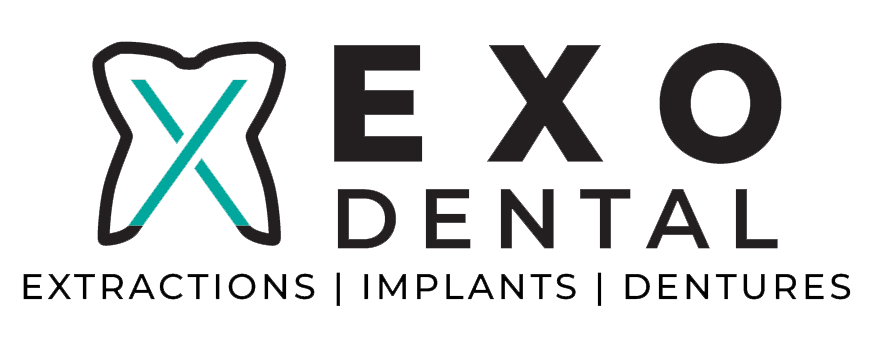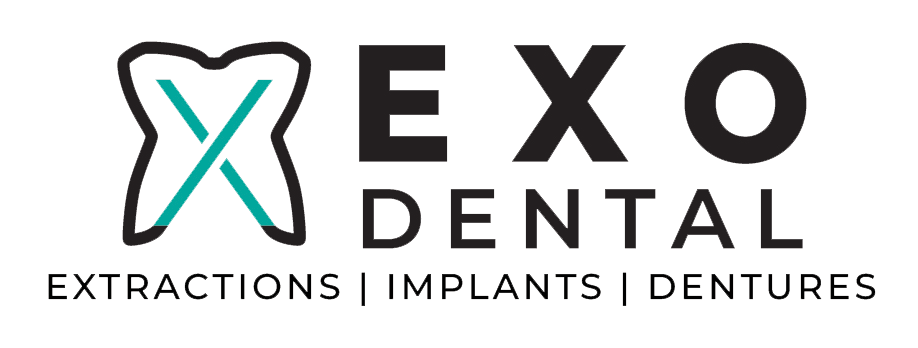3D Printing and Its Role in Modern Dentistry
3D printing in Rogers, AR, is transforming how dental professionals approach care and treatment options. This cutting-edge technology allows for the creation of precise dental models, implants, and more, offering better outcomes both for the dentist and the patient. As 3D printing becomes more widespread, it is making dental procedures more accurate and customized, which can lead to improved satisfaction and comfort for patients.
What Is 3D Printing in Dentistry?
3D printing in dentistry refers to the use of advanced technology to create three-dimensional dental products. By layering materials one on top of the other, a 3D printer can build complex structures like dental crowns, bridges, and dentures with high precision. This process uses digital designs created from scans or impressions of a patient's mouth, ensuring that the final product fits perfectly.
The technology behind 3D printing involves a few key components. A digital scanner first captures the necessary data to map out the structure of the dental appliance. This data is then used to create a digital model. From this model, a 3D printer builds the physical item, layer by layer, using materials such as resin, metal, or ceramic. These materials are chosen based on the specific needs of the dental appliance being created.
Key materials in 3D printing vary according to the application. For example, biocompatible resins are often used for temporary dental devices, while metal alloys might be used for permanent restorations. As technology advances, the range of materials continues to grow, offering more options for customization and durability in dental solutions.
Advantages of 3D Printing in Dental Care
The advantages of 3D printing in dental care are significant, providing both patients and practitioners with unprecedented benefits. One of the main advantages is the improved precision and customization it allows.
Each dental appliance can be tailored to the unique specifications of a patient's anatomy, ensuring a comfortable and effective fit. This level of customization was more difficult and time-consuming than traditional methods.
Another key advantage is the speed and efficiency of production. Traditional methods of crafting dental devices could take weeks. However, with 3D printing, the same products can be done in days or even hours. This faster production time means patients spend less time waiting for their dental appliances, reducing anxiety and improving treatment outcomes.
3D printing also reduces material waste compared to traditional subtractive methods, where excess material is removed from a larger block. With 3D printing, materials are added precisely where needed, making the process more eco-friendly and cost-effective. These advantages make 3D printing a powerful tool in modern dentistry, allowing for quicker, more precise, and customized dental care solutions.
Applications of 3D Printing in Dentistry
3D printing in Rogers has a wide range of applications in dentistry, making it a vital tool for modern dental practices. One of its primary uses is in creating dental implants and dentures. This technology allows for the creation of perfectly fitting implants that integrate seamlessly with a patient's existing teeth. Similarly, dentures produced through 3D printing can be crafted with precision, offering greater comfort and a natural appearance.
Another important application is the design of surgical guides and models. These are used in treatment planning and during complex dental surgeries. 3D-printed surgical guides ensure that procedures like implant placements are accurate, enhancing the outcome for patients. Additionally, these models help dentists visualize and plan surgeries more effectively, increasing the success rate of treatments.
Future Prospects of 3D Printing in Dental Practice
The future prospects of 3D printing in Rogers are promising, with innovations and emerging trends driving the field forward. One anticipated trend is the development of bioprinting, which involves printing living tissue. In dentistry, this could potentially lead to the creation of bioengineered teeth that mimic the properties of natural ones more closely than existing materials.
Another exciting trend is the use of real-time 3D printing in dental offices. This would allow for on-demand production of dental appliances during a single appointment, greatly reducing wait times and enhancing patient convenience. With continued advancements in printer technology and materials, dental practices may see greater integration of 3D printing in everyday operations.
The potential impact on patient experience is substantial. Patients could benefit from more personalized treatment plans and shorter appointments. Moreover, the ability to print complex dental structures quickly and accurately could lead to better clinical outcomes and increased satisfaction. The ongoing evolution of 3D printing promises to keep transforming dentistry, offering innovative solutions and enhancing care delivery.
Conclusion
As 3D printing technology in Rogers continues to evolve, its role in dentistry is expected to grow. The ability to create custom-fitted dental devices and models with speed and precision positions this technology as an invaluable tool. The ongoing innovations in materials and methods promise to expand the possibilities even further, potentially leading to breakthroughs that enhance both dentist capabilities and patient experiences.
Experience the benefits of advanced dentistry by exploring how
3D printed teeth implants can enhance your dental care at Exo Dental. Whether you need precise implants, custom dentures, or efficient treatment planning, our team in Rogers is ready to provide cutting-edge solutions. Contact us today to experience the latest advancements in dentistry and see how 3D printing can transform your dental health.
Don't hesitate to contact Exo Dental in Rogers to discuss your tooth removal and oral surgery options. Hablamos Español.

